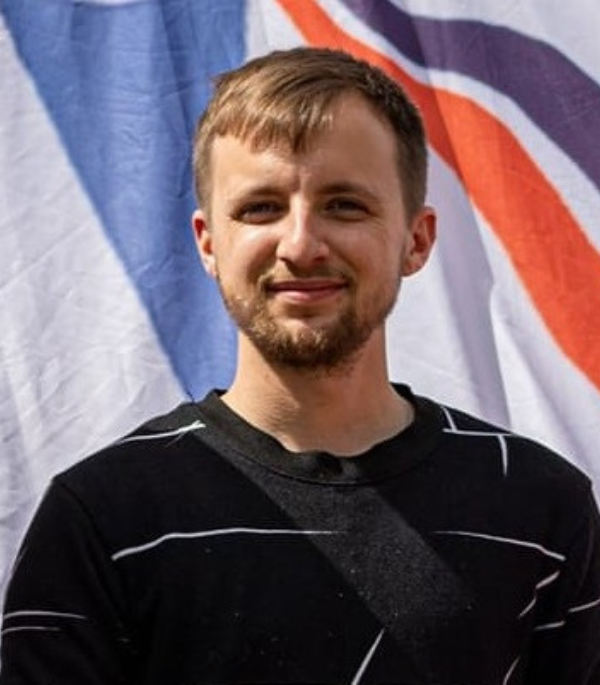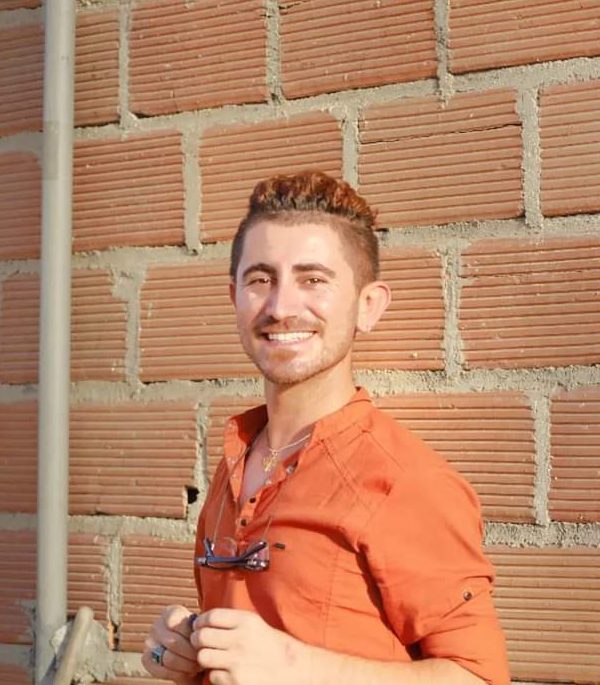
From Secret Celebration to Cultural Pride: How Newroz Changed in Northern Syria
On March 21, the Kurds of northeast Syria celebrate their most cherished holiday–Newroz. While popularly known as the Kurdish New Year, Newroz is also celebrated in Balkan countries, many Asian countries, and by Iranian peoples around the world.
In the Kurdish regions of northern Syria, however, it is the biggest event of the year. Signs reading “Happy Newroz!” in Arabic and Kurdish line the streets. People hang banners in green, red, and gold—colors symbolizing the Kurdish identity—from their balconies. Barbershops are packed full of young men getting shaves and haircuts, and women crowd tailors to pick up their traditional Kurdish dresses. On every street, pyres of wood are prepared for the lighting of the Newroz fire.
For many Syrian Kurds, marking Newroz like this is an impossible dream come true. In the era before the establishment of an autonomous zone in northern Syria, the holiday was met with state-sponsored oppression.
During Newroz in 1986, several Kurds were killed and injured during clashes with Syrian authorities. The 1995 Newroz saw dozens of Kurds arrested across the country’s north. In 2004, in the wake of a March 12 football match in Qamishli that turned into a wave of riots and protests against the state, hundreds of Syrian Kurds were arrested and at least 20 were killed. The 2008 Newroz celebrations in Qamishli were marked by hundreds of arrests, five injuries, and three deaths. Two years later, at least two were killed and 50 were wounded when Syrian police attacked Newroz celebrations in Raqqa city.
Suppression of Kurdish identity has a history far beyond the scope of the Newroz holiday. In 1962, a census carried out by the state stripped over 100,000 Kurds of their citizenship. Many of these Syrian-born Kurds—now stateless in their own country—were left without the right to vote, own property, legally marry, or attend school past a certain age. Parents who gave their children Kurdish names later saw that their birth certificates had been amended, with Kurdish-language names changed to Arabic. Expressions of Kurdish identity were so limited that even teaching the Kurdish alphabet had to be done in secret.
Amid this oppression, Newroz became a symbol of resistance among Kurds.
“There were many other holidays that were just normal for us. But when it was Newroz, we were more excited for it than for any of the others,” Syrian Kurdish journalist Shinda Akrem told the Kurdish Peace Institute, recalling the days when her city, Qamishli, was under the control of the Syrian regime.
“Even as kids, we knew we were different. In school, everything was forbidden. We weren’t allowed to speak Kurdish. They said, ‘don’t speak Kurdish, the walls have ears.’ But all of these things that were forbidden made us love Newroz even more.”
Akrem described how on Newroz eve, the school day would be extended to prevent children from lighting the Newroz fire. Teachers frisked students to make sure they weren’t wearing woven bracelets of green, red, and gold. To avoid problems with children skipping school, the Syrian regime designated March 21 as Mother’s Day.
“The schools wouldn’t even let us say the word ‘Newroz’. You had to call it Mother’s Day. If you said the word ‘Newroz,’ you got a beating,” she said.
The origin story of Newroz is one that every Kurdish child knows by heart. Kurdish mythology explains that long ago, an tyrannical king named Dehak oppressed his people for a millennium. He was so evil that spring no longer came. The king demanded human sacrifices to feed the serpents which grew from his shoulders. The mythical hero Kawa the Blacksmith, who had lost six of his sons to the king’s gluttony, organized an army of surviving young men and killed Kawa with his blacksmith’s hammer. As a sign of his victory, he set fires in the mountains. spring finally returned.
For Kurds, the Newroz fire represents Kawa’s original flame, and should never be snuffed out. Akrem recalls the lengths that Syria’s Kurds went to to keep the flame alight.
“The regime tried repeatedly to put out our fire. They shot their rifles into the air around us. Their soldiers had riot shields and threw tear gas at us. My eyes were burning and I had to rinse my face in water,” she said of Newroz in Qamishli in 2000.
“Try as they might, they couldn’t put out the fire, so they brought in a bulldozer to physically lift the fire and carry it away. A woman named Terfa was there; she had a baby that was still nursing. She took the child from her breast and placed it on the ground, between the Newroz fire and the bulldozer and army of soldiers. ‘My child is the sacrifice of the Newroz fire. Let my child die, but the Newroz fire will never be put out,’ she said. The bulldozer retreated, and the people immediately attacked the regime forces with sticks and stones.”
The Syrian regime’s suppression of Newroz wasn’t limited to non-violent methods. State security forces resorted to every means possible to stifle the celebration of the holiday, including surveillance, waves of arrests, and even arrests and torture.
“I was arrested by security forces more than seven times between 1994 and 2011,” Mohammad Hassan, a Kurdish teacher who had often spoken at Newroz events, told KPI.
“I was beaten. They used the foulest language that I can’t even repeat, insulting everything from my ethnicity to my mother and father,” he said. “I preferred to be beaten, because at least while they were beating me, I would be spared from their foul language.”
Hassan described being forced to stand in a small toilet for hours with four or five other men, being occasionally brought to a storage room to be beaten and interrogated. Despite his insistence that Newroz was an ethnic holiday which celebrated Kurdish culture and folklore, regime intelligence forces accused him of being a separatist and demanded he give up the names of those who organized the festivities.
“After a day or two, I was released only when some local men with connections intervened and bribed the regime,” he said.
When the regime wasn’t suppressing Newroz celebrations itself, it turned Syrians against each other.
“The regime would turn local Arab tribes against us. We had good relations with Arabs. We lived together for centuries; we intermarried with them, they were our neighbors, our godparents, like our brothers. Some of them would come to light the Newroz fire with us. But the regime turned us against each other,” Akrem said.
Jamil Mohammad Hassan, from a village near Qamishli, described how he was wounded in an attack during Newroz in 2005.
“As we returned from our celebrations, a car blocked the road in front of us. They threw stones and water at us. They beat me with sticks and stabbed me in the chest. The regime forces just stood by and watched,” he said. “I was brought to the hospital and stayed there for a week. The state didn’t help us at all. After I got out of the hospital, I brought my case to the court, but it never went anywhere.”
After regime forces withdrew almost completely from Kurdish regions of Syria in 2011 and 2012, Syria’s Kurds saw the Newroz they could only fantasize about become reality. They were no longer forced to display Syrian flags and photos of Bashar Assad in their celebrations. The silent, sunglasses-wearing, plainclothes regime agents no longer milled through the crowds of revelers. Every year, tens of thousands gather in every city across northern Syria to play music, dance, and express their Kurdish identity.
“I remember in 2012, myself and a group of friends walked down the street, proudly holding our Kurdish flags up high, and the regime soldiers just stared at us. They couldn’t do anything. They could only watch,” Akrem said.
“Today, Arabs, Syriacs, and all ethnic groups come in their traditional dress and celebrate with us. Because Newroz is the Kurdish New Year, but it’s not just for Kurds. It’s a day for the whole world to celebrate the victory of light over darkness and tyranny.”




